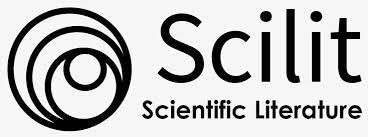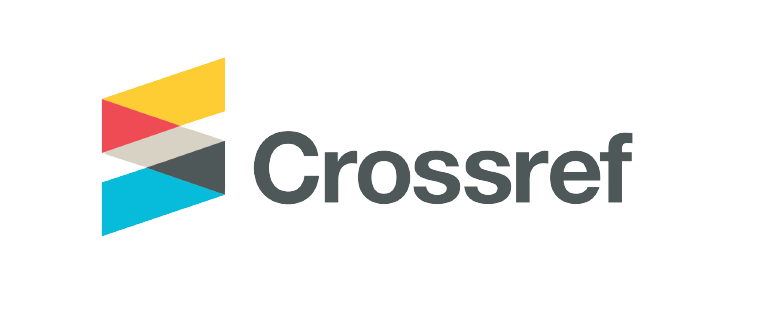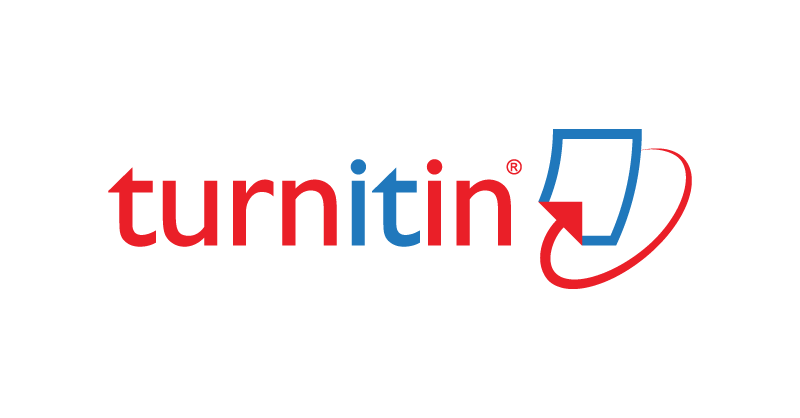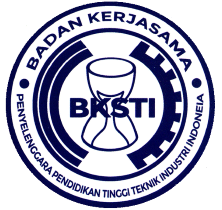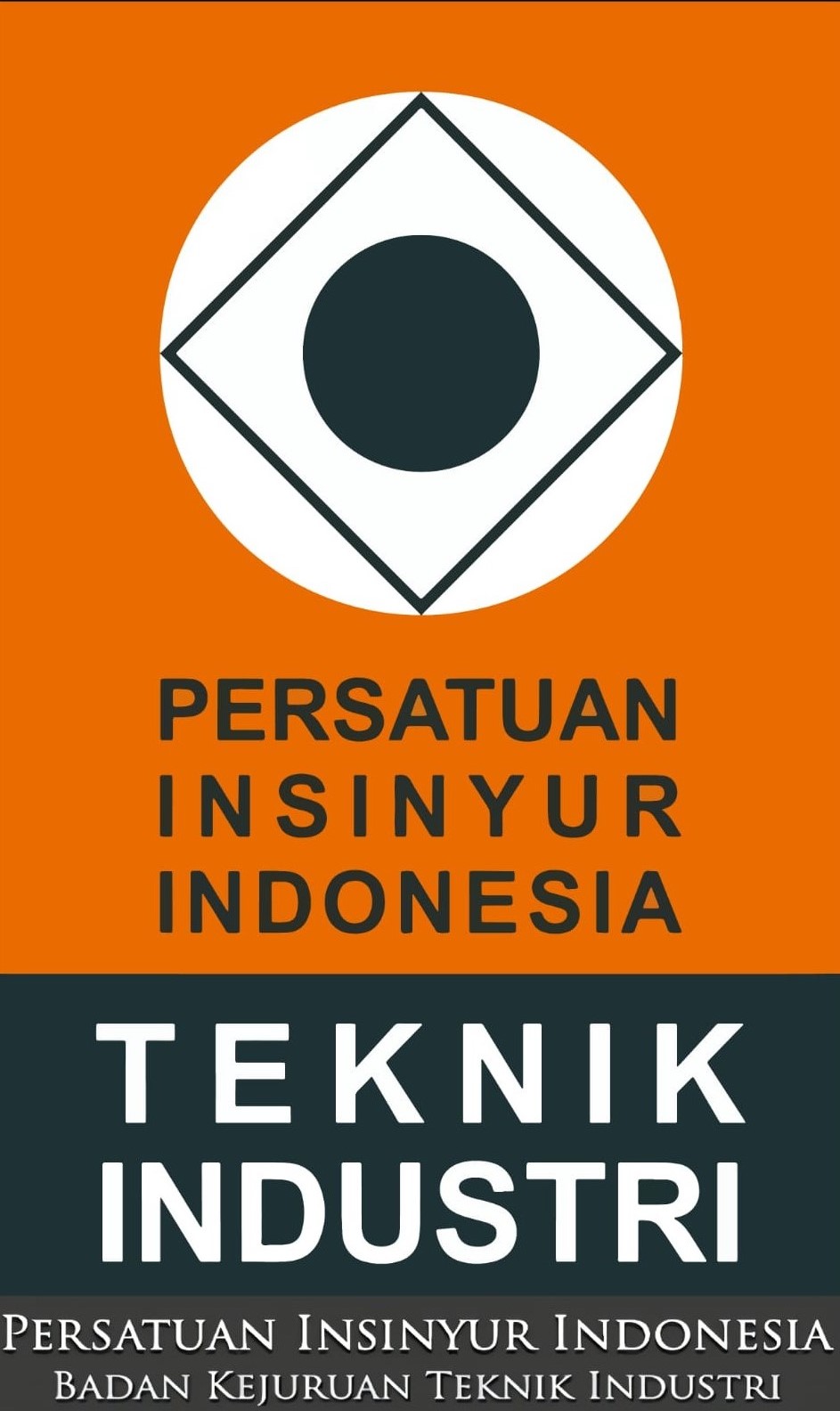Increasing the Stock Taking Process Accuracy for ISO 9001 Quality Management System Fulfilment at 2W EV Manufacturer, Cikarang, West Java
DOI:
https://doi.org/10.32734/jsti.v27i2.18981Keywords:
Business Process Improvement, ISO 9001 Standards, Operational Efficiency, Stock Differences, Two-Wheeled Electric VehiclesAbstract
The two-wheeled EV (2W EV) manufacturer at the centre of this study prioritizes efficiency, innovation, and adherence to ISO 9001:2015 quality requirements. However, the company encountered issues with its Supply Chain Management procedures during the ISO Surveillance 1 period, where one of the implementations was an internal audit in line with BPMS. Specifically, the results showed that the physical stock that matched the system was only 80%, which was very far from the KPI target of 95%. It hindered operations and impacted customer satisfaction. Business Process Improvement (BPI) was applied to examine the current stocking system. Comparing current processes with the best practices specified in BPMS and ISO 9001:2015 criteria was the first step in performing a thorough gap analysis. The results showed that human mistakes, machine calibration problems, a lack of standard operating procedures, inconsistent counting techniques, mixed scrap materials, and an unmanaged warehouse environment were causes of stock variations. The company made strategic changes, such as standardizing material labelling to avoid recording errors, substituting material loan for the interdepartmental purchasing system to increase accountability, and updating and enlarging SOPs to guarantee process uniformity. The business also installed an ERP system to enhance stock accuracy, facilitate real-time monitoring, and combine warehouse operations with digital tracking. As a result, by September 2024, the efficiency of stock control had increased by almost 86%. The increased stock control not only improves compliance with ISO 9001 standards, but it also increases overall operational efficiency by reducing production problems and increasing customer satisfaction.
Downloads
References
A. N. Kemenangan, “Mimpi Mobil Listrik Nasioanl dan Dukungan Terhadap Ekonomi Hijau,” Kemenkeu Learning Center.
S. Pramono, “Dukung Transisi Motor Listrik, Foundry dan Deloitte Luncurkan Riset Electric Vehicle,” Media Indonesia.
A. C. Fernandes, P. Sampaio, M. Sameiro, and H. Q. Truong, “Supply Chain Management and Quality Management integration,” International Journal of Quality and Reliability Management, vol. 34, pp. 53–67, 2017.
D. Hoyle, ISO 9001 Quality System Hanbook: The Complete Guide to ISO 9001. Routledge, 2017.
Jurnal Akuntansi Manajemen Bisnis dan Teknologi, “STIE Mahaputra Riau Ambitek Evaluasi Pengendalian Persediaan Terhadap Hasil Stock Opname Melalui Sistem Informasi Akuntansi Pada Gota Minimarket,” Jurnal Akuntansi Manajemen Bisnis dan Teknologi, vol. 1, no. 2, 2021.
C. A. Putri and B. Handoko, “analisis faktor penyebab ketidakcocokan jumlah barang dalam stock opname dengan metode dmaic di toko ritel king frozen food ciwaruga”, doi: 10.30651/jms.v9i2.22308.
S. Jagani, E. Marsillac, and P. Hong, “The Electric Vehicle Supply Chain Ecosystem: Changing Roles of Automotive Suppliers,” Sustainability (Switzerland), vol. 16, no. 4, Feb. 2024, doi: 10.3390/su16041570.
Salvatore Salamone, “2025 Manufacturing Trends That Will Shape Electric Vehicle Success,” RTInsights.
A. Fasteners, “ELECTRIC VEHICLE FASTENERS & HOW EV BRANDS CAN IMPROVE INVENTORY MANAGEMENT,” Auto Fasteners Ltd.
A. Kotb, H. Elbardan, and H. Halabi, “Mapping of Internal Audit Research: A Post-Enron Structured Literature Review.,” Accounting, Auditing, & Accountability Journal, vol. 33, no. 8, pp. 1969–1996, 2020.
J. Kell. Boyton, Modern Auditing, 7th ed. Jakarta: Erlangga, 2003.
H. A. Hasim, Z. Salleh, I. Shuhaimi, and N. A. N. Ismail, “The risk of financial fraud: a management perspective,” J Financ Crime, vol. 27, no. 4, pp. 1143–1159, 2020.
B. Uddin, D. Mulyadi, and A. Sudrajat, “Perancangan dan Implementasi Alar Rekam Data Stock Opname Berbasis Singe Board Computer (SBC),” PETIR J. Pengkaj. dan Penerapan Tek. Inform, vol. 13, no. 2, pp. 240–254, 2020.
Downloads
Published
How to Cite
Issue
Section
License
Copyright (c) 2025 TALENTA Publisher Universitas Sumatera Utara

This work is licensed under a Creative Commons Attribution-ShareAlike 4.0 International License.
The Authors submitting a manuscript do so on the understanding that if accepted for publication, the copyright of the article shall be assigned to TALENTA Publisher Universitas Sumatera Utara as the publisher of the journal.
Copyright encompasses the rights to reproduce and deliver the article in all forms and media. The reproduction of any part of this journal, its storage in databases, and its transmission by any form or medium will be allowed.









